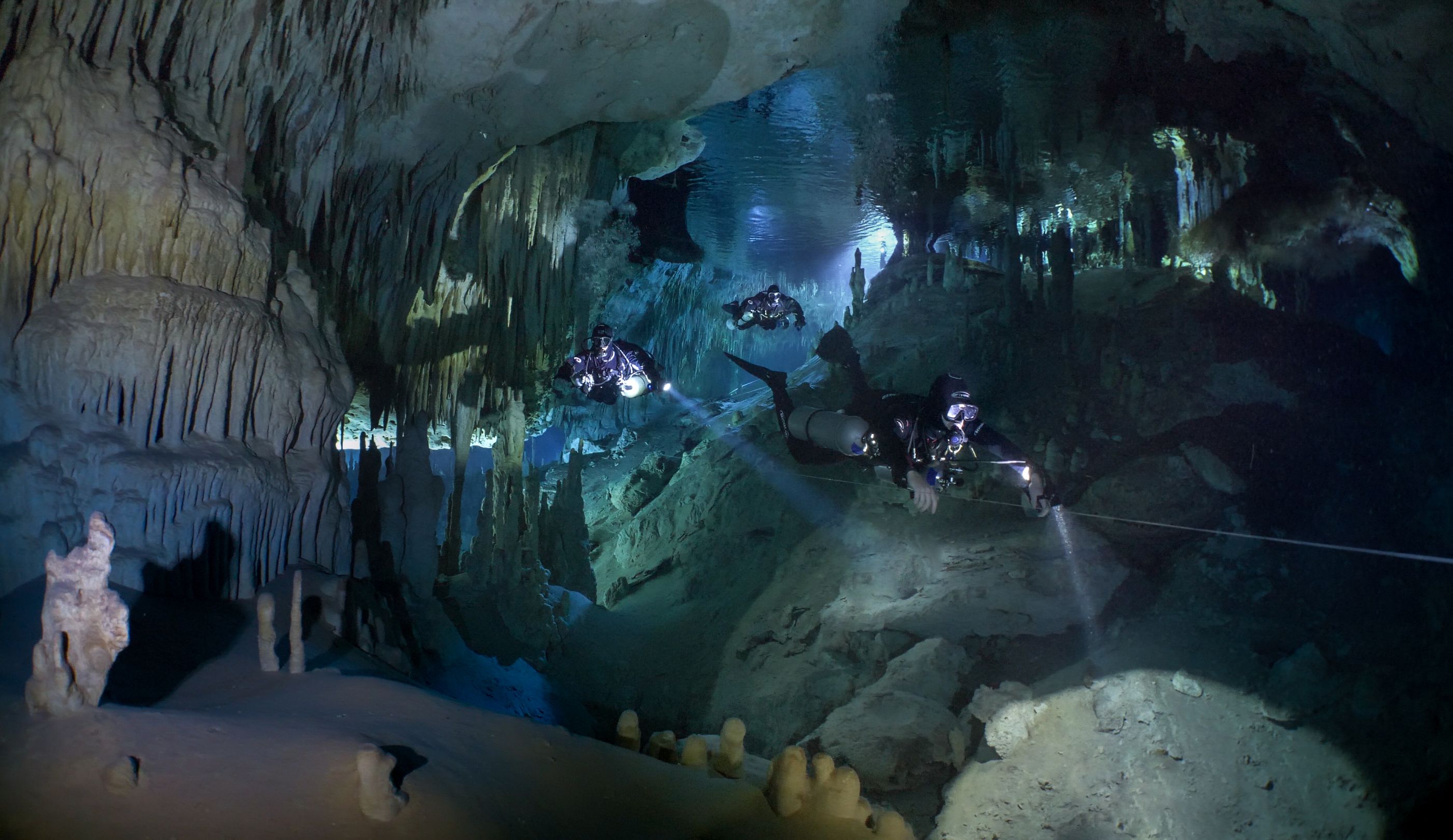
Beneath the jungle of the Yucatán Peninsula in Mexico lies the largest network of unexplored caves in the world. Only a handful of people have seen the most remote chambers in the network, and after working as an underwater camera operator on Steve Backshall’s Undiscovered Worlds project for the BBC and UKTV Dave, Katy Fraser is one of them.
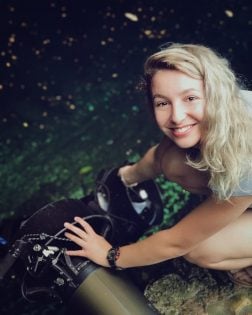
“They were believed to be gateways to another world,” Katy tells us, from her base in Bristol.
“The Maya had three dimensions: the underworld, the middle world, and the upper world. They believed that Gods traversed these worlds by a special tree; the ceiba. You can see the roots of the tree in some of the caves. There are these big underwater chambers I’ve shot that are full of these tree roots which spread six or eight metres into the cave chamber below, and then grow extremely high above in the jungle as well, so it’s not surprising why they thought that way.”
There are things more sinister and unexplained than tree roots in the caves, though. The Maya called the network ‘Xibalba’, roughly translating as “place of fear”. They believed the caves were a portal to the underworld and housed the ‘Gods of Suffering’. As such, the Maya would throw sacrifices, both valuables and human, into the water to appease the Gods.
As such, in order for the Undiscovered Worlds crew to gain access to unexplored cenotes, they had to promise not to touch anything while down there. For reference, a previous dive in 2001-02 discovered a human skeleton carbon-dated to 13,600 years old (which far outdates even the Mayans).
I really want to try and help people understand and humanise cave diving… It’s not an adrenaline junky sport. It’s a very meticulous and methodical sport.
There is a scene in Undiscovered Worlds where Backshall and Fraser descend into a cave, arrive in a spectacular underground chamber and come across various skulls – from that of a cow to both adult and child humans.
“I’m a little bit desensitised to that kind of stuff because both of my parents are archaeologists, so I don’t tend to get freaked out,” Katy says. “Seeing children was a bit disconcerting, though. I don’t think local archaeologists are fully sure how they got there, whether it was sacrifice or not. They’re still trying to unravel the full mysteries of that place. It definitely brings your imagination alive.”
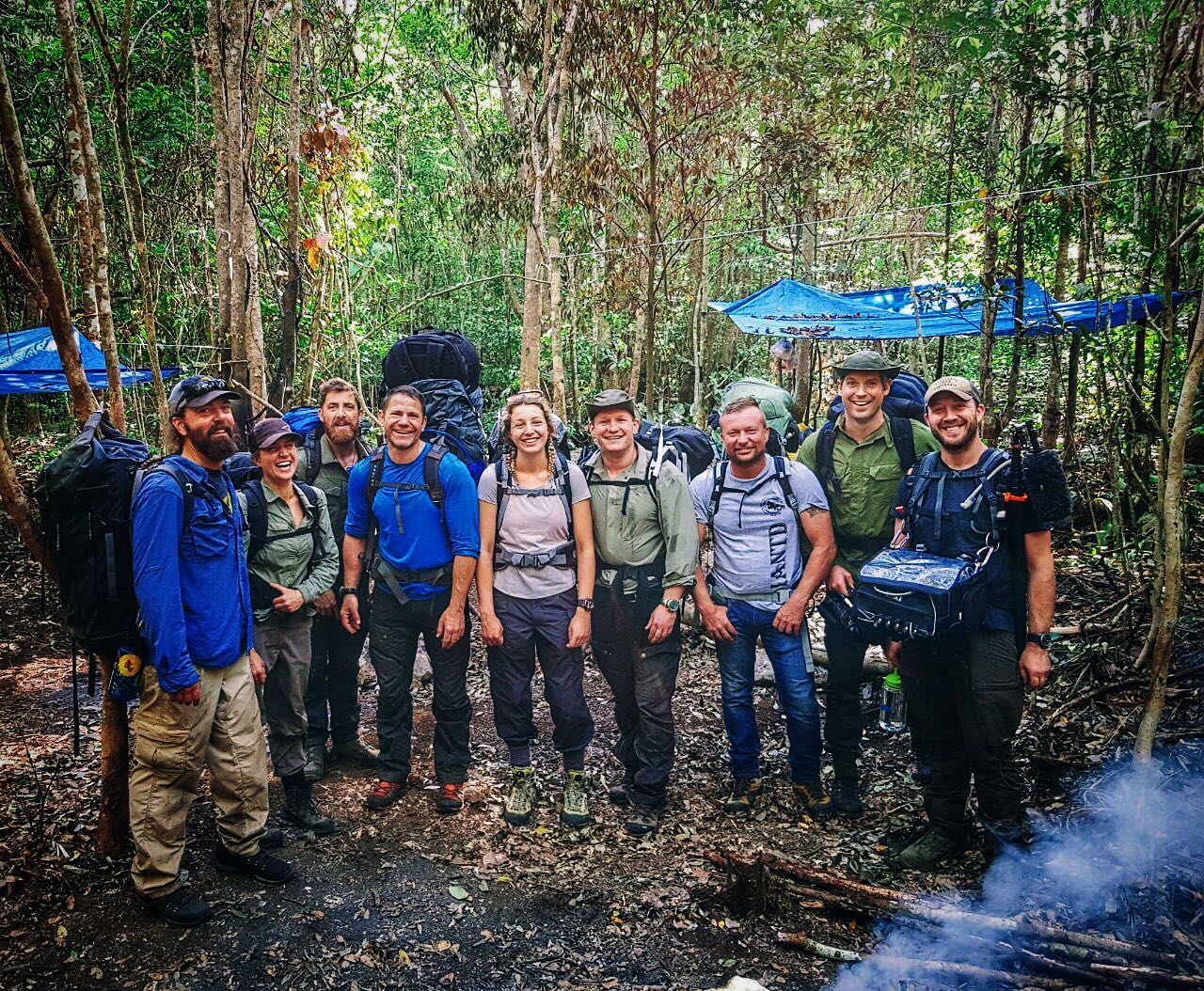
Katy Fraser is 26 years old and is a technical diving and underwater filming expert. You don’t get to dive into a cenote with BAFTA-winning adventurer Steve Backshall if you’re not.
For many, the idea of cave diving is something of a nightmare. In one particularly claustrophobic segment in Undiscovered Worlds Backshall actually gets stuck inside a cave, and while ultimately fine, a quick Twitter search shows the incident had viewers hiding behind their sofas. I ask Katy how she stays calm in such dark, enclosed environments.
“I think cave diving looks extremely scary and it looks claustrophobic and I can understand why someone who has never done cave or technical diving would look at it that way,” she says. “It’s not mainstream, so the everyday person isn’t desensitised to it like other extreme things you see. But it’s really important to understand dives are so planned out. It’s like executing a performance; it’s planned down to seconds and if things aren’t going to plan you call the dive and go home, it’s as simple as that. So it’s not something that I find scary.
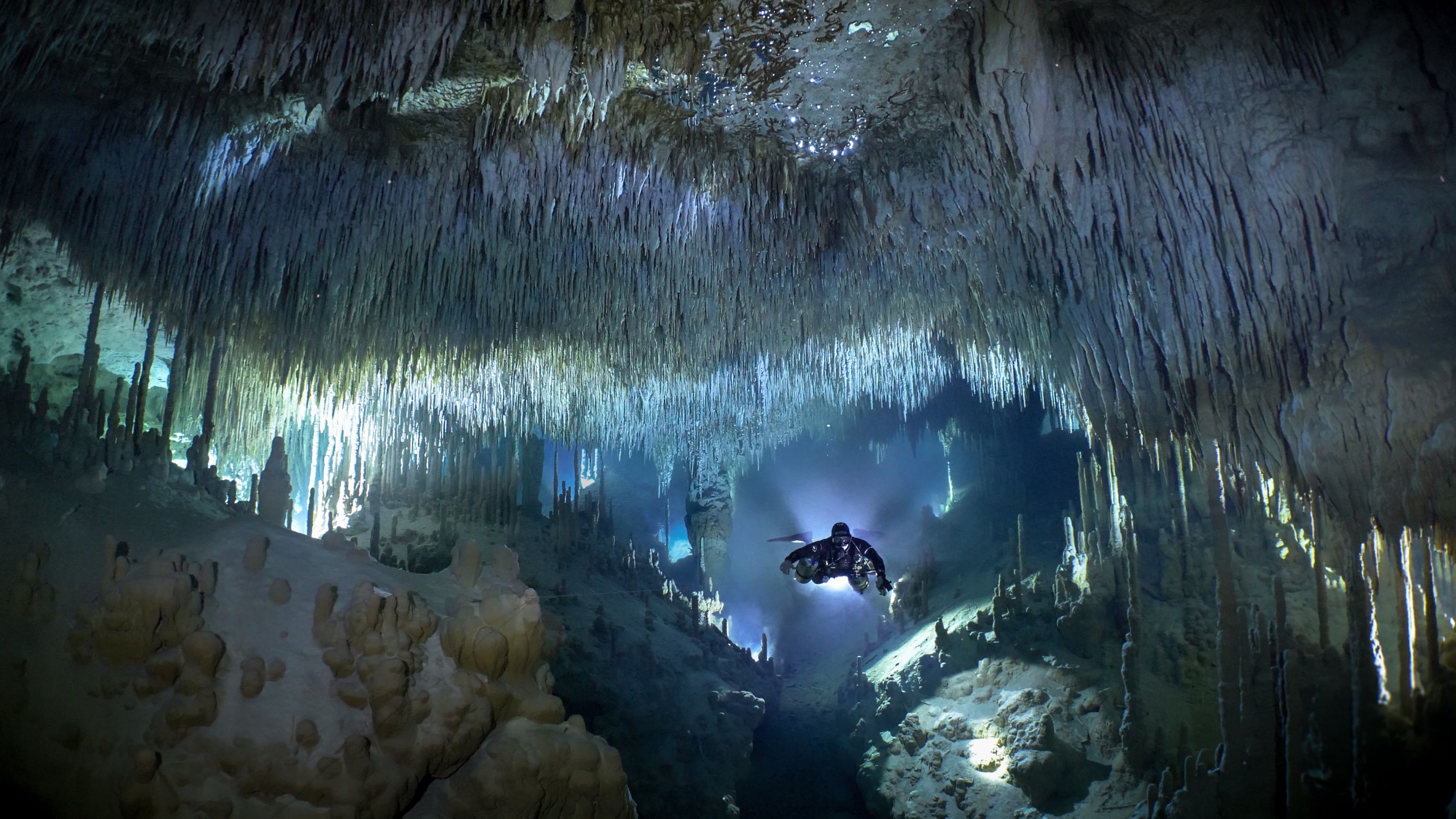
“I really want to try and help people understand and humanise cave diving because it has this perception of being extremely dangerous. That’s great for TV but it’s not what cave diving is about. It’s not an adrenaline junky sport. It’s a very meticulous and methodical sport. You have to plan everything and memorise those plans before you even get in the water.”
No visibility is not going to kill you. That’s not a harmful thing. What is harmful is if you then start to hyperventilate and panic at the situation.
Katy is also keen to note, with logic and sense beyond most of us, that the cave itself, or the zero visibility that can come with it, isn’t the main danger in cave diving.
She continues: “What mainly kills people in caves is people, not caves. So it’s really up to you to get the correct training, to plan your dives carefully, make sure you have enough redundancy and experience not to panic. If something was to not go to plan, for example, you have an equipment failure or there is a zero visibility event, then you and your team have trained, at an extremely high level to deal with this.
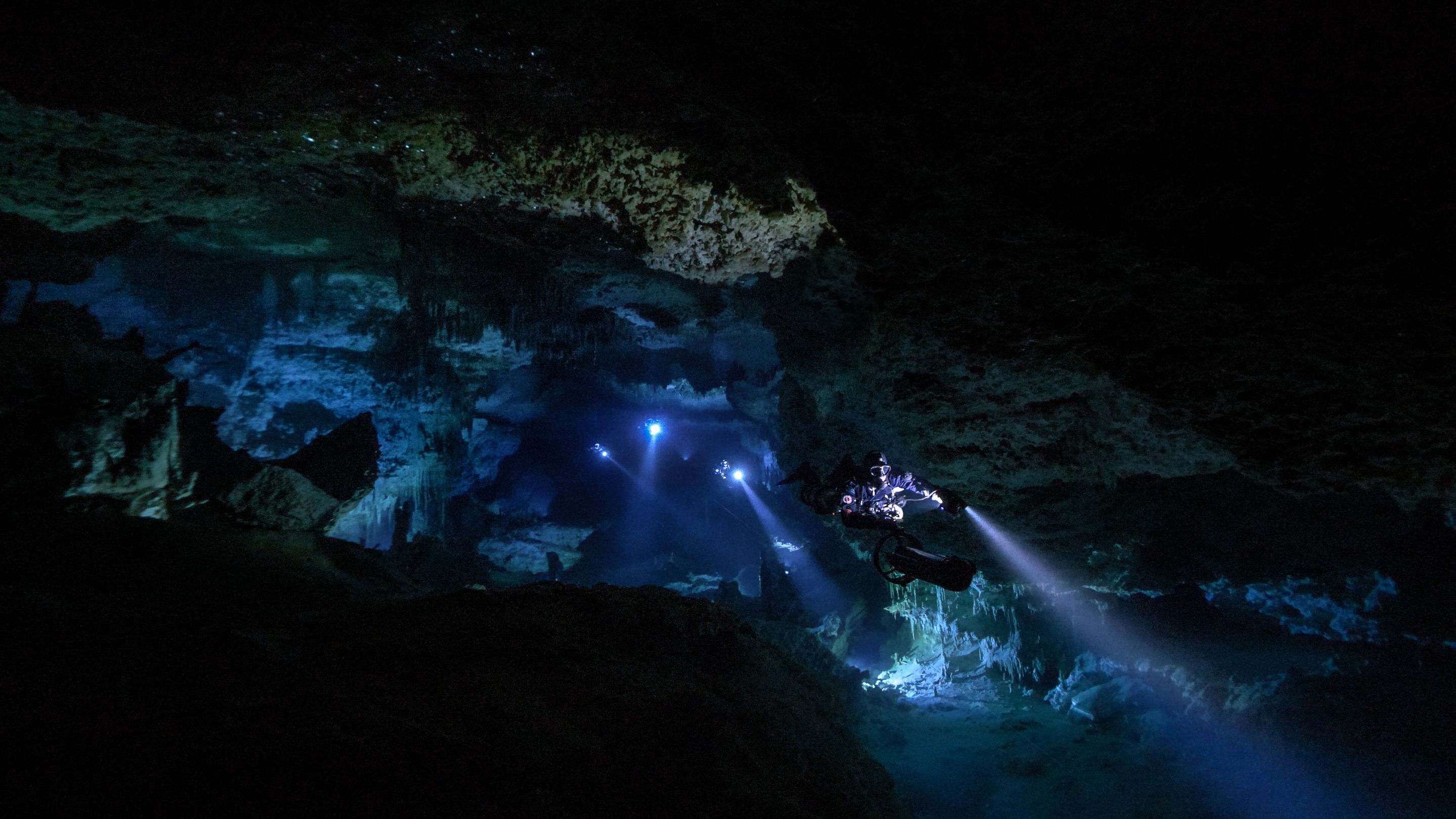
“On courses you learn emergency procedures in depth and to navigate in zero-visibility, with a blindfold, out of the cave just by the line and navigational markers. It’s up to you to maintain this as muscle memory throughout your cave diving career with frequent practise.
“I’ve been in situations where I have had to navigate out in zero visibility, but it’s not scary. You don’t panic because you know that you can cope with the situation and that it’s often not a permanent situation, as zero visibility tends to be an isolated event. No visibility is not going to kill you. That’s not a harmful thing. What is harmful is if you then start to hyperventilate and panic at the situation.”
Katy has been pursuing a career in underwater film since she was 18. In 2014, she made a big move to Mexico to train in cave diving and become a high-level technical diver.
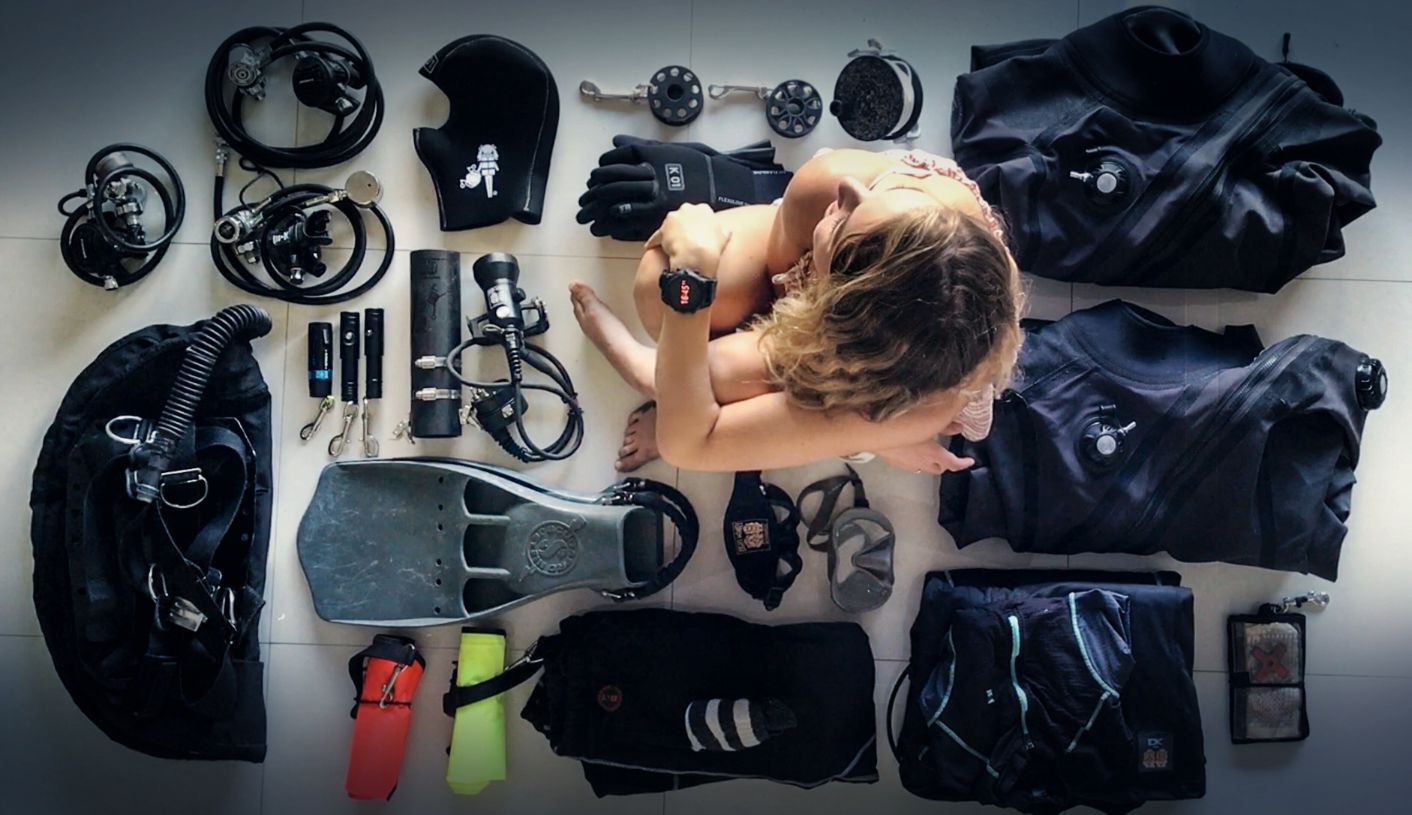
“There was no direct route to becoming an underwater camera operator,” she says. “So I decided I would find a niche. Technical diving was a niche. Not many people can do it and not many can take a camera with them.”
Katy also got the chance to really explore her own creativity in filmmaking underwater in Mexico. Her solo projects range from underwater music videos to work with “an extreme artist”, Philip Gray, who has painted in locations ranging from Everest to shark-infested waters in the Bahamas.
“It’s mainly about art for me and producing something that I think is aesthetically pleasing,” Katy says. “Diving is very much a tool to enable me to do that. I don’t get an adrenaline kick out of cave diving and I’m not seeking danger. Adventure, a little bit. But it’s more being able to capture these places that people have never seen in this way that drives me to do it.”
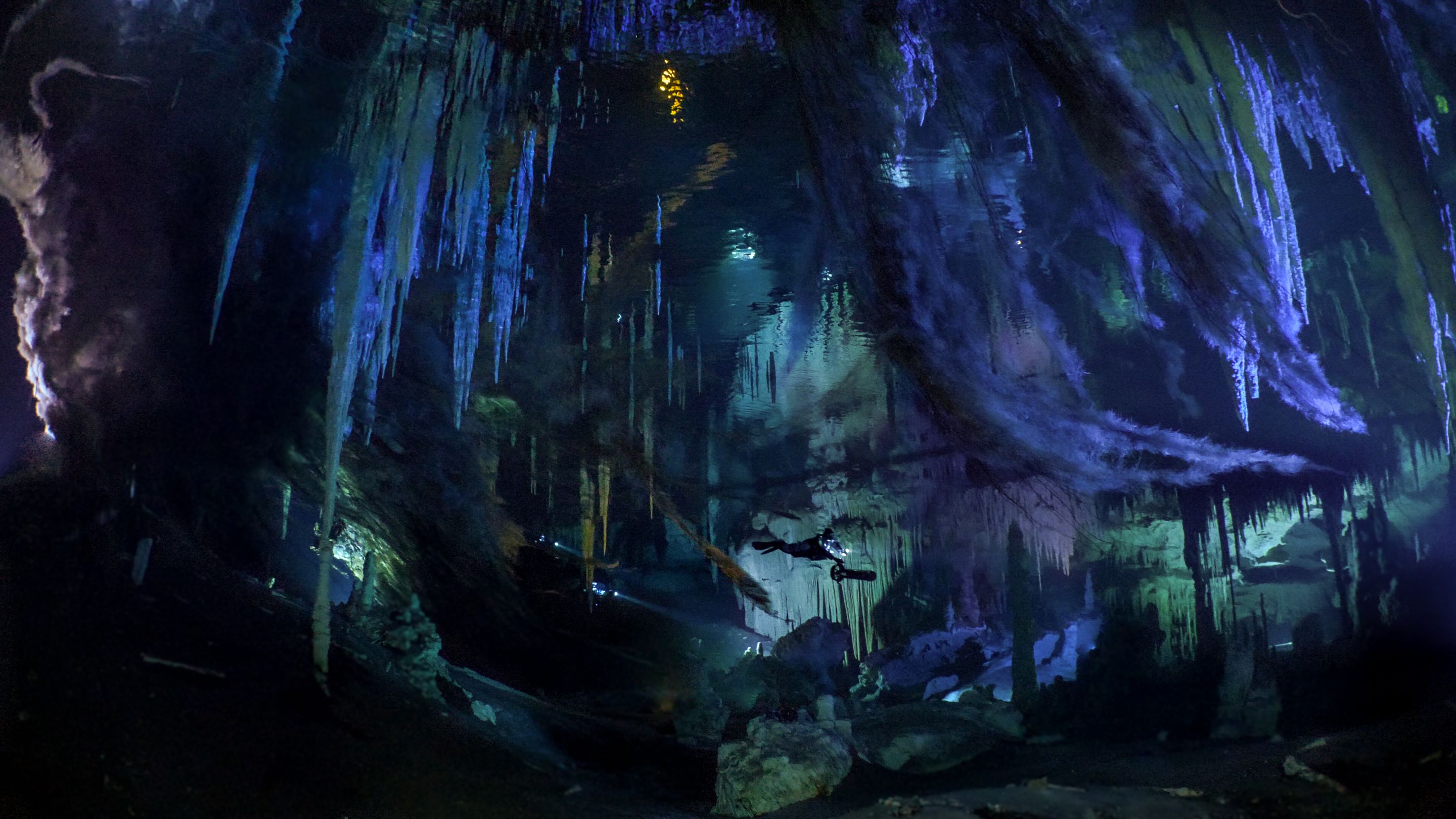
One of Katy’s most visually stunning videos involves the lighting of caves in Riviera Maya, transforming them – appropriately, given the Mayan belief – into otherworldly spectacles.
“Filming in caves is basically making something that is forming in geological time come alive in the space of seconds,” Katy says. “And that’s really hard to do. But I’ve been trying really hard to figure out ways to engage people other than just hitting on that extreme side.
“Filming in caves is basically making something that is forming in geological time come alive in the space of seconds.”
“I was also in the mind of getting people interested in caves from an educational point of view because they really need conservation. The water is getting polluted. There is a lot of deep-ground water sewage pumping from hotels and it’s affecting the whole cave system. I still have projects that I want to do in Mexico. I don’t think my time there is over just yet.”
For now, though, it is. Katy has moved back to the UK to join Silverback Films, who recently produced the Sir David Attenborough-narrated ‘Our Planet’ documentary for Netflix. It’s fulfilling her longtime goal of working as an underwater Natural History camera operator.
Katy explains: “Natural history film is telling a story through sequences capturing animal behaviour. To be able to almost anthropomorphise what they do into something people can watch and be inspired and compelled by.
“I’m working alongside some camera operators [at Silverback] who have been my idols since I started working in this industry. And there’s not many females who do this, either. I don’t know why, because it’s awesome. So hopefully I can bring more diversity to underwater film.
“I like a lot of variation and change in everything that I do. To be able to have the opportunity to be a diver and travel and see places nobody has ever seen before is really just amazing.”
Keep up to date with Katy on Instagram and her official website. All photos courtesy of Katy Fraser.

